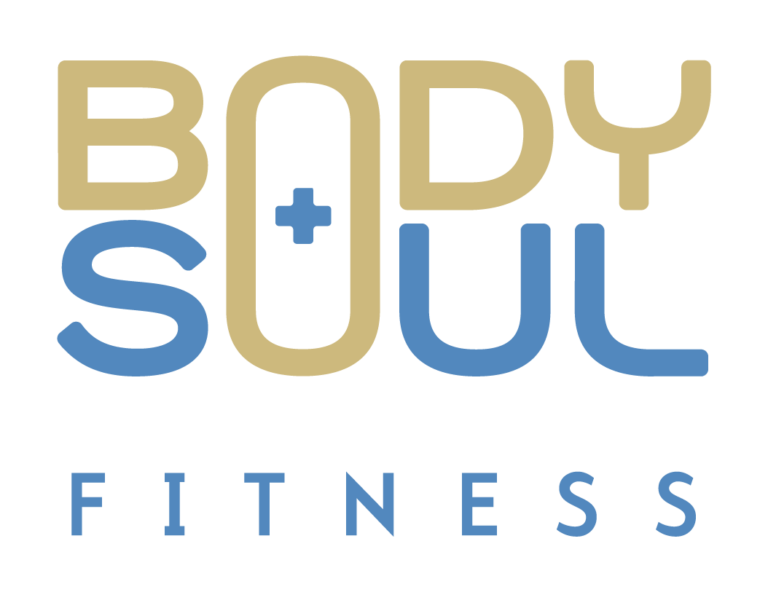Hi everybody welcome back. In this part we will be discussing how to identify potential problem areas surrounding the foot. Let’s get started.
Overall Foot Maintenance + Care
Let’s first talk about one very, often times, over looked issue: toe nails and overall footcare. Having worked in the army for four years, the importance of foot care is not lost on me at all, after all, if I can’t walk properly then I can’t do my job properly. There are three issues I tell my clients to look out for:
1. Toe Nail Length. Toe nail length can actually inhibit muscle activation in the foot. When your toes hit the front of your shoe and drive the toenails into the nail bed it can shut off the joint mechanoreceptors and lead to sprains.
2. Ingrown Toe Nails. Ingrown toe nails can lead to gait (walking pattern) compensation which can cause long term imbalances, if not treated. Ingrown toe nails can also lead to infection which can slow the rest of the body’s natural healing.
3. Toe Nail/Foot Fungus. Foot fungus can secrete toxins that weaken the immunity of the body.
Long-term Malformities to be Cautious of
Let’s start off with hammer toe. Hammer toe is a deformity often times caused by poorly fitting shoes. It presents itself with the middle part of the toe raised, and the tips of the toes pushed into the ground, almost like claws. This can lead to corns on the top of the toes and gait compensation.
Another issue you might see in the foot is a bunion. A bony growth at the base of the big toe, it may also leave the big toe pointing inward. This can be a sign of chronically flat or collapsed arches as compensations in the gait are developed pressure builds and bone production is spiked in the area.
You may also come across Morton’s toe. This is when the second toe is longer than the big toe. This causes a shift in the center of gravity and most commonly presents itself with callusing at the ball of the foot.
And lastly, Haglund’s deformity is a bump on the back of the heel near the base of the Achilles tendon. This is common in people with tight fitting shoes where the back of the shoe will rub against the heel. This issue is also common in people with high arches.
Arches and Ankle Positions
The three major arches I will be covering are all referring to the medial arch or inner arch. Normal arch, flat arch, and high arch. The three main ankle positions I will cover are: normal alignment, pronated and supinated.
A normal arch is categorized as an arch height of about half an inch high. A healthy arch supports the weight of the body and allows the ankle and foot to function properly. Often times, normal arches are accompanied by a normal ankle position.
A flat arch presents itself as if there is no arch at all. A flat line along the ground where your arch would normally be. This arch can lead to a lot of instability and loss of strength further up the body. Pronated or collapsing ankles are very common with this arch.
A high arch is categorized as an arch that is unnaturally higher than a normal arch. You often times can see their foot print from a standing position. This arch is often time paired with supinated ankle position. People with this are prone to ankle sprains.
It’s also important to note that, although rare, sometimes people can have any combination of these ankle and arch positions. These cases are more complex and need a closer assessment to find the root causes.
Now we that understand a few potential issues, let’s get on to programming concerns.

Andrew Maynard
Share This Post
The first step in understanding the critical role of the foot in fitness is having a general knowledge of the basic anatomy. Andrews discusses a few of the most important bones and ligaments in the foot and ankle, and their relation to your performance in the gym.
Join Andrew as he explores how to identify potential problem areas both in and surrounding the foot. A few of the areas he covers are: appropriate toe nail length, footwear, arches and ankle positions.
Identifying and understanding proper functionality in the feet, ankles and toes is important for maximizing your performance. Andrew shares programming considerations you can add to your workouts to aid in helping the foot and your overall performance.
Andrew wraps up the workshop on foot health and the role of the foot in fitness with a few final tips and thoughts you can apply in your day-to-day routine.
Andrew introduces the workshop on the role of the foot in fitness, and the topics he will focus on: basic anatomy, how to identify potential problem areas and program considerations. The workshop will ensure your feet are in the best shape possible to help you get closer to achieving your fitness goals.
